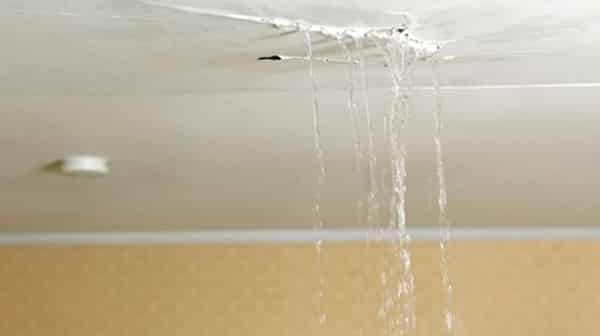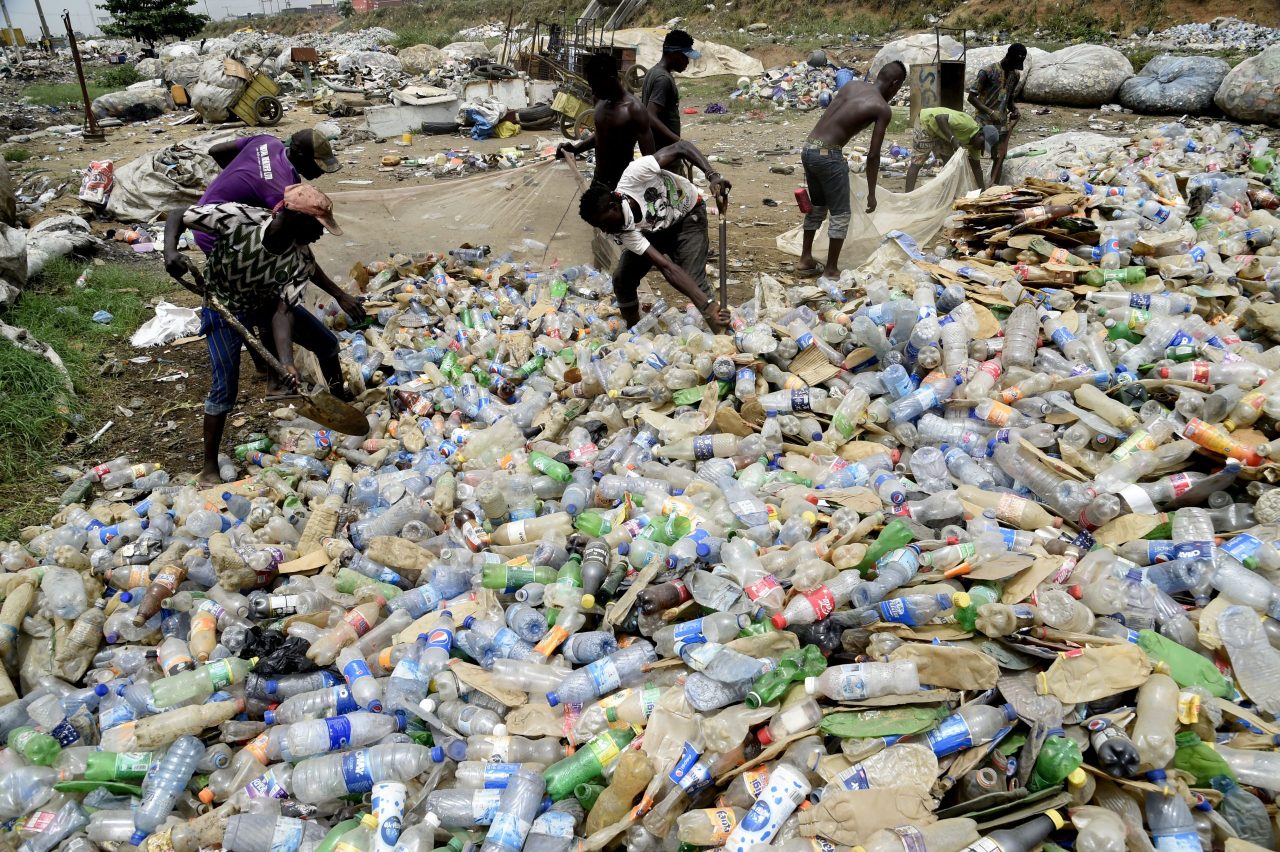Building experts have identified structural issues like water seepage in basement, external walls, windows and roof leaks as potential risk factors for internal damage and failures in residential or industrial buildings.
They also noted that poor building construction may cause early deterioration and concern for the property owner. According to them, moisture and dampness due to seepage can lead to patchy, fungal and bacterial growth, which in turn could cause various allergies to the occupants and the building.
Findings show that water seepage is caused by leakage from defective water pipes, sanitary fitments or drainage pipes which may further cause serious issues difficult to rectify in buildings. When the seepage is really bad it causes water to trip from the walls and ceiling.
It is observed that more than 75 per cent of the high-rise or low-rise buildings’ external walls and projections are subjected to large patches as a result of water seepages.
Building experts say, there is a need for a solution to the issue that has become commonplace in the construction industry and aggravated building collapse.
Former President, Nigerian Institution of Structural Engineers, Kunle Adebajo explained that if a building doesn’t have a sound damp proof course (DPC) or slab, water from the ground both rain and ground water particularly in water logged areas will rise through the wall and will soak up the blockwork or concrete.
He said water seepages in buildings boil down to building defects and damages like poor details at the roof due to poor works and damaged rain gutters or if there is a blockage somewhere within the walls.
Adebajo said, a lot of building defects can be avoided for owners if they use competent workers and trained professionals.
The expert lamented that some people feel it is cheaper to avoid having consultants and artisans to manage buildings, but warned that such a decision might backfire when there would need to constantly do repair and maintenance.
He said for building that are the load-bearing structure, the excessive occurrence of seepages could lead to the collapse of building stressing that concrete is much better than block walls in resisting effects of water.
For him, the current practice involving the use of concrete blocks which are fairly porous and so it is quite usual to find out that water will enter into the block walls leading to gradual patchy, peel off of paints and in worst-case scenario green algae and moss if the walls are persistently and continuously kept wet.
The structural engineer noted that because of aesthetic reasons and modern-day expectation, it is very rare now to put pipes outside of the building walls, as everyone prefers that the pipes are hidden within the walls.
“If plumbing works are inadequately done, water can sip out at the joints of the pipes, and because they are inside the walls, water would go inside the walls. Stemming down the flow by breaking into the walls could be a solution but it is difficult. Concrete roof is more popular in a certain part of the country. In our environment, if you have a flat roof and it is not done properly when the rain falls and it doesn’t flow off, it will just stay there and acts like a little tank or pool and with time it will start coming through the concrete and the paint will start peeling. If walls get weaken by water, definitely you might experience building collapse.”
An architect, Mr. Festus Adibe Njoku said necessary measures must be put in place to check seepages. while conceptualising a building, stressing that building design has to do with putting checks in place for all parameters that may happen and it doesn’t necessary mean to shape a house in a particular way.
Adibe who is the immediate past president, Nigeria Institute of Architects, explained that architecturally the moment building roof is flat and doesn’t get to take water out, there will be problem and it may seep water into the house.
He said that is why roofs are usually sloppy especially in the tropical region. “Water proof materials are needed in buildings in modern times to prevent water from having direct contact with the blocks. There is chemicals and water proof cement that can be used to tackle such defects in buildings both internally and externally, once they are noticed.
The Chairman, Lagos chapter, Nigerian Institute of Building (NIOB), Sunday Wusu said the preponderance of the situation could be due to the fact that people are not using correct materials with the right thickness and gauge to combat such effects.
Importantly, he posited that there will always be water seepage, which is also called ingress of water in buildings and areas where the water table is very low like, Makoko, Ifako-Ijaiye, Gbagada, Mushin and the highlands.
“He advised prospective building owners to engage specialists, if they want to do damp proof membrane, especially in complex buildings to avert the challenge.
According to him, the danger of water seepages is enormous, as the foundation of buildings will become weakened, make the walls to be weak, and the plastering at the bottom layer becomes patchy.
With that, he noted that the plaster will begin to trip off, the blocks get weaken and that there’s bound to be danger of building collapse anything because all the membrane are weak.
He also said after some time, the concrete of the building to gets weaker, stressing that although some concrete can withstand water for sometimes because they are treated with chemical some people may not do that at the foundation level of buildings.
A facility manager and member of the International Facility Management Association, Nigeria Chapter (IFMA), Mr. Lekan Akinwunmi warned that water seepages could cause structural defects and collapse in old buildings, said from the concept of the building, the opinion of the facility manager opt to have been sought, vis-a-vis the terrain and topography of an area where a building is to be constructed.
He said in a new site, building owners might likely face the problem in the nearest 25 years time after the building has been constructed.
According to him technology-based solutions like waterproof cement, oil paints and others can be used to stop the rise of water seepages on the walls and the impacts on buildings.
He noted that as a facility manager, the ground floor in a building will always give the challenge stressing that remedy for it, is to use water-proof cement and some silicon which could be poured into affected parts of the building.






